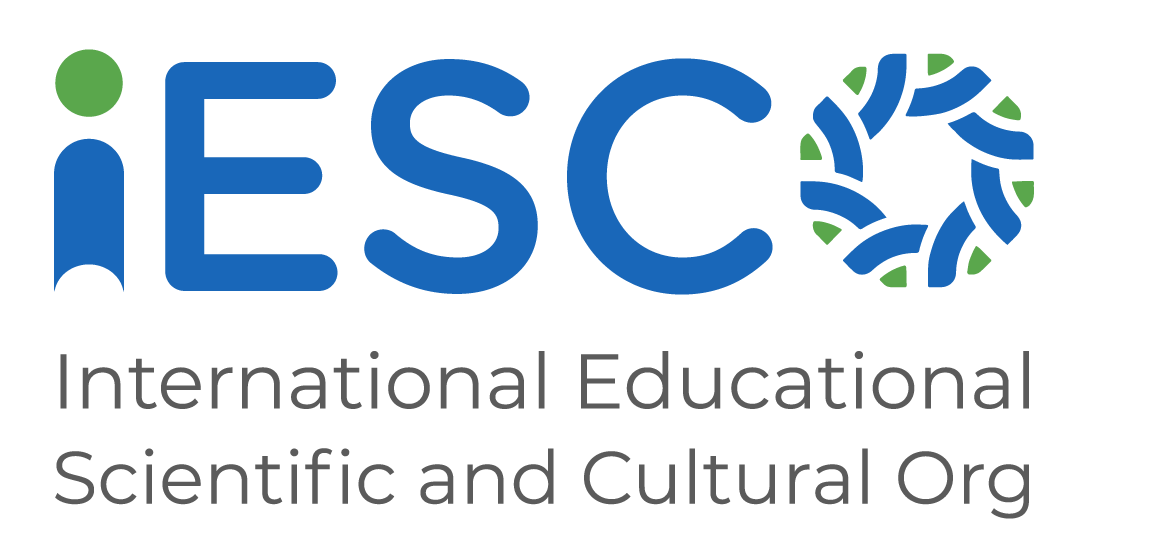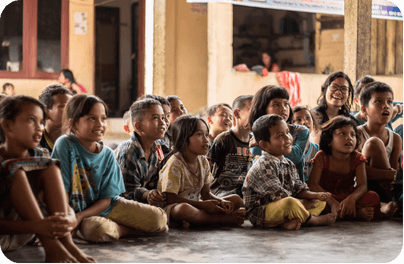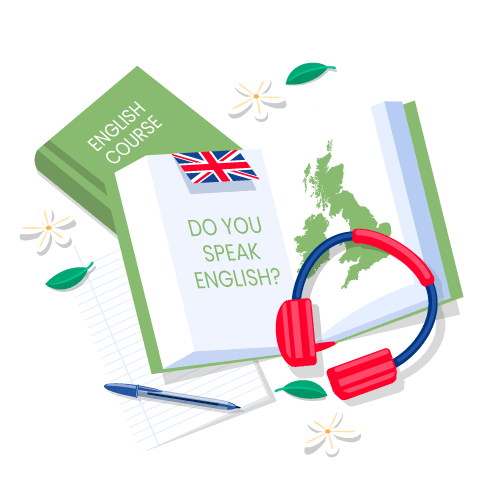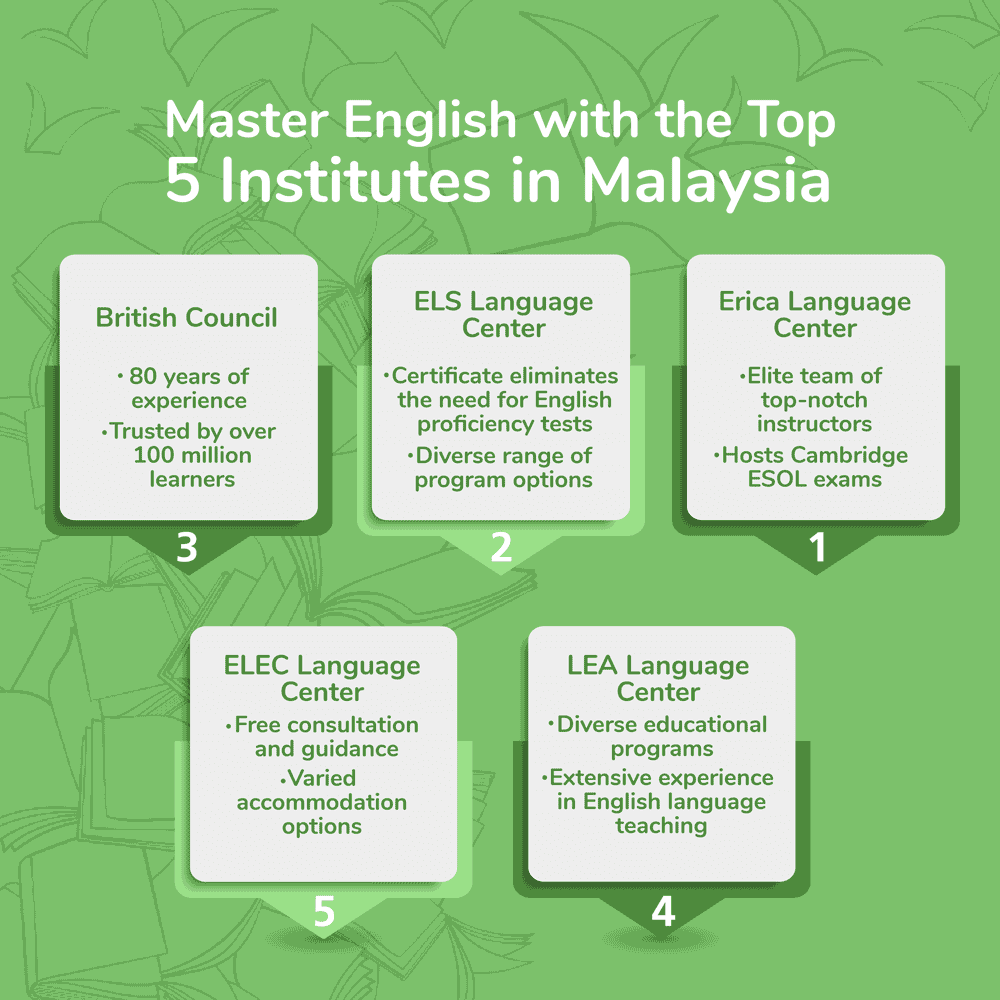Recommendation Letters for Master [Guide & Templates]
It’s easy to see Recommendation Letters for Master’s Programs as just another hoop to jump through, but they’re actually your secret weapon in the application process. Securing a spot in a master’s program is a significant milestone, and a well-crafted recommendation letter can make all the difference in your application. Whether you’re eyeing a Master of Arts, Science, or an MBA, in Arabic or English, these reference letters provide a critical third-party perspective on your qualifications and potential.
These letters aren’t just a formality. They carry serious weight in admissions decisions. In a sea of qualified applicants, Writing a stellar Lor can be the deciding factor.
What We Will Cover
From choosing the right recommender to understanding the unique nuances of MBA recommendations, every step comes with its own set of challenges and strategies. Here’s what you can expect to learn:
- Understanding the core components of a strong recommendation letter.
- How to politely and effectively request a recommendation letter.
- Specific tips and structures for writing effective recommendations for both general master’s programs and MBA programs.
- Templates, samples, and real-world examples to guide you through the process.

What Are Recommendation Letters (LoR) For Masters?
Recommendation letters, often abbreviated as LoR, are formal letters written by individuals who know the applicant well and can vouch for their qualifications and character.
For Master’s programs, these letters are crucial because they provide a third-party perspective on the applicant’s suitability for advanced study. They highlight the applicant’s achievements, skills, and potential, offering admissions committees a more comprehensive understanding of the candidate.
Now, there are a couple of main flavors when it comes to recommendation letters:
- Academic Recommendations: Academic recommendation letters are written by professors or academic mentors. They focus on the applicant’s performance in coursework, research capabilities, and intellectual contributions.
- Professional Recommendations: If you’ve got some work experience under your belt, these letters come from supervisors or managers who can vouch for your skills, accomplishments, and how you function in a professional setting.
Which type you need depends on the specific requirements of the program you’re applying to. Some might ask for a mix of both, while others might have a preference for one over the other. We’ll go deeper into who to ask and what each type of letter should include as we go along.
Related: How To Publish A Research Paper For Free
Key Components of a Strong Recommendation Letter
A strong recommendation letter should cover various aspects of the applicant’s profile. This includes their personal attributes, academic achievements, and professional experience. Each component provides valuable insights that help admissions committees make informed decisions.
A. Personal Attributes
- Character: Describe the applicant’s integrity, honesty, and reliability. These traits build a picture of a trustworthy and dependable individual.
- Interpersonal Skills: Mention the applicant’s ability to communicate effectively, collaborate with others, and resolve conflicts. These skills are crucial for both academic and professional environments.
- Motivation and Drive: Discuss the applicant’s enthusiasm, ambition, and dedication to their field of study. Demonstrating a strong commitment can set them apart from other candidates.
B. Academic Achievements
Academic achievements provide concrete evidence of the applicant’s intellectual abilities and preparedness for graduate-level study.
- Grades and Coursework: Highlight outstanding grades, particularly in relevant subjects, and any advanced coursework or honors classes.
- Research Projects: Detail any significant research projects the applicant has completed, including their role, contributions, and any published research papers.
- Awards and Honors: Mention any academic awards, scholarships, or honors the applicant has received. These accolades showcase recognition of their hard work and excellence.
C. Professional Experience
Professional experience adds another layer to the applicant’s profile, demonstrating practical skills and real-world accomplishments.
- Job Responsibilities: Describe the applicant’s key responsibilities in their professional roles, emphasizing any leadership or managerial duties.
- Achievements and Contributions: Highlight specific accomplishments, such as successful projects, innovations, or improvements the applicant made in their workplace.
- Skills and Expertise: Discuss the professional skills the applicant has developed, such as project management, technical expertise, or industry-specific knowledge, and how these will benefit their Master’s studies.
Read more: Crafting A Strong Research Hypothesis [A Full Guide]
How To Request A Recommendation Letter?
Asking for a recommendation letter can be intimidating, but it’s a crucial step in your Master’s application process. Knowing how to approach potential recommenders and when to make your request can make a significant difference.
A. Identifying the Right Recommender
Choosing the right person to write your recommendation letter is essential. Here are some key types of recommenders to consider:
- Academic Advisors: They can provide detailed insights into your academic performance, intellectual capabilities, and potential for success in graduate studies.
- Professional Supervisors: If you have relevant work experience, supervisors can highlight your professional skills, work ethic, and contributions in a professional setting.
- Teachers: Instructors who have taught you in relevant subjects can discuss your knowledge, skills, and classroom engagement.
B. Timing and Etiquette
Knowing when and how to ask for a recommendation letter is just as important as who you ask. Here’s a guide on timing and etiquette:
- When to Ask: Aim to request recommendation letters at least a month before your application deadline. This gives your recommender ample time to write a thoughtful and detailed reference letter.
- How to Ask: Consider the best method to approach your recommender. An in-person request can be more personal and effective, but if that’s not possible, a well-crafted email works too. Be polite, explain your request clearly, and provide all necessary details.
- Follow-up Reminders: Send gentle reminders as the deadline approaches. A courteous reminder can help ensure that your letter is submitted on time without causing undue stress to your recommender.
![]()
Writing LoR for a Master/MBA Program
Writing a recommendation letter for a Master’s program candidate requires careful thought and structure. A well-organized letter can effectively highlight the applicant’s strengths and suitability for the program.
LoR Structure and Format (For Masters and MBA)
A strong LoR should follow a clear structure and format to ensure it is comprehensive and easy to read.
A. Intro
Begin with a brief introduction. State who you are, your relationship to the applicant, and the context in which you have interacted with them. This sets the stage for the rest of the letter.
B. Body Paragraphs
- Paragraph 1: Discuss the applicant’s academic achievements, detailing specific examples of their performance in coursework, research, or any relevant projects.
- Paragraph 2: Highlight the applicant’s personal attributes, such as their character, motivation, and interpersonal skills. Use specific anecdotes to illustrate these qualities.
- Paragraph 3: Focus on the applicant’s professional experience, if applicable. Describe their job responsibilities, accomplishments, and any relevant skills they have developed.
C. Conclusion
Summarize your recommendation by reiterating your support for the applicant. Mention their potential for success in the Master’s program and any additional qualities that make them a strong candidate. Close with your contact information for any follow-up questions.
Writing Tips for Recommenders
Crafting a compelling recommendation letter involves highlighting the applicant’s strengths, providing concrete examples, and steering clear of common pitfalls.
- Relevance to Program: Highlight strengths that are particularly relevant to the program they are applying for.
- Unique Qualities: Focus on what sets the applicant apart, such as their creativity, leadership, or resilience.
- Providing Specific Examples: Specific examples bring your recommendations to life and give credibility to your claims. Mention particular projects or papers where the applicant excelled. Also cite specific accomplishments in the workplace that demonstrate their skills and dedication.
- Personal Anecdotes: Share stories that showcase the applicant’s character and interpersonal abilities.
- Avoid Common Pitfalls. To write an effective letter, avoid these common mistakes that can weaken your recommendation such as:
- Generic Statements: Avoid vague or general comments that could apply to anyone.
- Overly Long Letters: Keep your letter concise and focused; admissions committees often read many letters and appreciate brevity.
- Lack of Specifics: Ensure you provide detailed examples rather than broad, unsupported statements.
Lor Templates, Samples and Examples
To give you a clearer picture of effective recommendation letters, let’s dive into specific examples for both academic and professional contexts. These samples will highlight key elements and offer insights into what makes a recommendation letter stand out.
A. General LoR Example
Dear [Admissions Committee],
I am pleased to recommend [Applicant’s Name] for the Master’s program at [University Name]. As [Your Position] at [Your Institution/Company], I have had the pleasure of working with [Applicant’s Name] for [duration]. During this time, I have been impressed by their [specific attributes].
[Body Paragraph 1: Academic achievements]
[Body Paragraph 2: Personal attributes]
[Body Paragraph 3: Professional experience, if applicable]
In conclusion, I strongly believe that [Applicant’s Name] will be an asset to your program. Their [final praise and recommendation]. Please feel free to contact me at [your contact information] for any further information.
Sincerely,
[Name]
[Position]
[Contact Information]
B. Academic Recommendation for Master’s Program
To the Admissions Committee,I am writing to recommend [Applicant’s Name] for the [Master’s Program Name] at [University Name]. As [Applicant’s Name]’s professor in [Course Name(s)] at [Your Institution], I have had the pleasure of witnessing their exceptional intellectual curiosity, analytical rigor, and dedication to academic excellence.
[Applicant’s Name] consistently demonstrated a deep understanding of complex concepts and a passion for [Field of Study]. Their research paper on [Topic] was particularly impressive, showcasing their ability to conduct original research, synthesize information from various sources, and present findings in a clear and compelling manner.
Beyond their academic achievements, [Applicant’s Name] is a highly motivated and collaborative student. They actively participated in class discussions, contributing insightful perspectives and fostering a positive learning environment. Their willingness to help their peers and their eagerness to learn from others make them a valuable asset to any academic community.
I have no doubt that [Applicant’s Name] would thrive in your rigorous master’s program. They possess the intellectual curiosity, critical thinking skills, and passion for [Field of Study] that are essential for success in graduate school. I wholeheartedly recommend them for admission to the [Master’s Program Name].
Sincerely,
[Name]
C. Professional Recommendation for MBA Program
To the Admissions Committee,
I am writing to enthusiastically recommend [Applicant’s Name] for the MBA program at [University Name]. As [Applicant’s Name]’s supervisor at [Company Name], I have had the privilege of witnessing their exceptional leadership, strategic thinking, and problem-solving abilities firsthand.
In their role as [Applicant’s Title], [Applicant’s Name] consistently exceeded expectations, driving significant results for our organization. They led a cross-functional team in [Project Description], which resulted in a [Quantifiable Result] increase in [Metric]. Their ability to analyze complex data, identify key insights, and develop innovative solutions was instrumental to the project’s success.
Beyond their professional accomplishments, [Applicant’s Name] is a highly collaborative and results-oriented individual. They consistently sought out opportunities for growth and development, taking on additional responsibilities and seeking out mentorship. Their positive attitude and ability to build strong relationships with colleagues make them a valuable asset to any team.
I have no doubt that [Applicant’s Name] will excel in your MBA program and go on to achieve great success in their career. I wholeheartedly endorse their application and encourage you to consider them for admission.
Sincerely,
[recommender’s name]
What Works Well in these examples:
- All these letters provide specific examples to support their claims about the applicant’s abilities and potential.
- The letters use strong language and highlight the applicant’s unique strengths.
- The recommenders clearly express their confidence in the applicant’s ability to succeed in the program.
Specifics for MBA Recommendation Letters
MBA LoRs should have some special features and areas the recommender has to focus on. These include:
- Leadership Qualities: Highlighting leadership qualities is essential in MBA recommendations because programs look for candidates who can lead and inspire.
- Decision-Making Skills: Describe the applicant’s ability to make strategic decisions that positively impact the organization.
- Team Leadership: Provide examples of how the applicant has successfully led teams, demonstrating their ability to manage and motivate others.
- Business Acumen: Showcasing the applicant’s business acumen is key to illustrating their readiness for advanced business studies.
- Analytical Skills: Discuss the applicant’s ability to analyze complex situations and develop effective solutions.
- Financial Understanding: Highlight their knowledge of financial principles and how they have applied this knowledge in real-world scenarios.
Example MBA Recommendation Letter
MBA recommendation letters have unique requirements compared to other types of recommendations. These letters should emphasize the applicant’s leadership abilities and business skills, which are crucial for success in an MBA program.
Dear Admissions Committee,
I am delighted to recommend Jane Doe for the MBA program at XYZ University. As her supervisor at ABC Corporation, I have worked closely with Jane for the past three years and have witnessed her exceptional growth and contributions to our team.
Jane consistently demonstrates outstanding analytical skills and a strategic mindset, which were evident in her management of several high-profile projects. Her ability to lead cross-functional teams and deliver results under pressure sets her apart from her peers.
Beyond her professional achievements, Jane’s commitment to personal development and her ability to inspire and mentor her colleagues have greatly impressed me. She exemplifies the qualities of a true leader and has a natural aptitude for business.
In summary, Jane Doe has my highest recommendation for your MBA program. Her blend of professional expertise, leadership skills, and dedication make her an ideal candidate. Please contact me at [your contact information] if you require any additional details.
Sincerely,
John Smith
Senior Manager, ABC Corporation
[john.smith@abccorp.com]
Common Challenges and Solutions
While the ideal scenario is to have enthusiastic recommenders eager to sing your praises, the reality can sometimes be more complex. This section addresses common challenges that may arise during the recommendation letter process and offers strategies for navigating them effectively.
A. Dealing with Reluctant Recommenders
Not every potential recommender will be immediately on board with writing a letter for you. This could be due to various reasons, such as time constraints, lack of familiarity with the program you’re applying to, or simply being unsure of what to write.
Strategies to Persuade:
- Start Early and Communicate Clearly: Approach potential recommenders well in advance of the deadline. Explain why their specific perspective is valuable to your application and provide them with ample time to write a thoughtful letter.
- Provide Supporting Materials: Offer your resume, transcript, a draft of your personal statement, and any other relevant information that can jog their memory about your accomplishments and potential.
- Offer Guidance: If they seem unsure of what to write, offer to provide them with bullet points or a brief outline of the key points you’d like them to address.
- Express Gratitude: Be appreciative of their time and effort, regardless of whether they agree to write the letter.
Remember, a reluctant recommender may not be the best advocate for your application. If you’re unable to secure their enthusiastic support, it may be better to seek out an alternative recommender who can speak more positively about your qualifications.
B. Addressing Weaknesses
Every applicant has areas where they could improve. While recommendation letters should focus on your strengths, it’s important to address any weaknesses or shortcomings that may be evident in your academic or professional record.
How to Frame Weaknesses Positively:
- Acknowledge and Explain: If your recommender is aware of a weakness (e.g., a lower grade in a particular course), encourage them to briefly acknowledge it but then focus on how you have overcome it or learned from it.
- Highlight Growth and Improvement: Emphasize how you have grown and developed since then, showcasing your resilience and ability to learn from challenges.
- Focus on Strengths: While acknowledging weaknesses, ensure that the overall tone of the letter remains positive and emphasizes your strengths and potential.
Frequently Asked Questions
To save you time and effort, we gathered some frequently asked questions about the topic of masters recommendation letters and answered them in detail.
How many recommendation letters are needed?
Most master’s and MBA programs require two to three recommendation letters. However, the exact number can vary depending on the specific program and institution. It’s crucial to check the program’s requirements carefully and adhere to their guidelines.
Can a family member write a recommendation letter?
Generally, it’s not recommended to have a family member write a recommendation letter for your graduate school application. Admissions committees value unbiased assessments from individuals who can speak objectively about your qualifications and potential. It’s best to choose recommenders who can provide a professional or academic perspective on your abilities.
What should be avoided in a recommendation letter?
- Generic Praise: Avoid vague statements like “They are a great student” or “They are a hard worker.” Instead, focus on specific examples and details that demonstrate the applicant’s unique strengths and accomplishments.
- Exaggeration or Falsehoods: Recommenders should be honest and accurate in their assessments. Exaggerating the applicant’s achievements or making false claims can undermine the credibility of the letter and harm the applicant’s chances of admission.
- Negative Comments or Personal Attacks: Avoid any negative comments about the applicant’s character, work ethic, or academic performance. Even if a weakness is mentioned, it should be framed positively and followed by an example of how the applicant has overcome it or grown from the experience.
- Irrelevant Information: The letter should focus on the applicant’s qualifications for the specific program they are applying to. Avoid including irrelevant details about their personal life, hobbies, or unrelated experiences.
That’s All Folks!
Crafting effective MBA recommendation letters is a multifaceted process that requires careful attention to detail. By understanding the unique focus on leadership, business acumen, and teamwork, adhering to a clear structure, and providing specific examples, you can ensure that your recommenders present the most compelling case for your admission.
Remember, choose recommenders who can speak to your strengths and provide them with ample time and information. Open communication and a collaborative approach will help you address any challenges and present a well-rounded picture of your potential to the admissions committee.

















